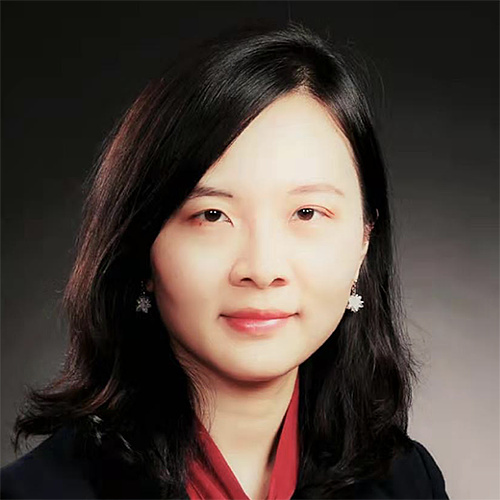Last year, most players in China’s bio-pharmaceutical sector saw remarkable profit growth, but the market is experiencing several challenges, chief among them intense competition, prompting analysts to predict that this year Chinese companies will shift their focus to overseas expansion, primarily to Southeast Asia.
Singapore is emerging as a promising gateway to this underdeveloped, opportunity-rich market.
Over 40 A-share listed pharmaceutical and biotech companies, as of the end of January, have disclosed their estimated performance for 2023. More than 30 of these companies anticipate an increase in net profits, with 23 of them expecting growth to exceed 50% and 17 eyeing a doubling of profits.
However, the valuation of the bio-pharmaceutical sector has been among the worst performing sectors in the secondary market during the past two years. In the primary market, these companies are also experiencing tough times.
In 2023, a total of 35 biomedical companies terminated their initial public offerings on China’s stock exchanges, reflecting various challenges within the domestic market, among them, intensive competition, poor business performance, uncertain prospects, high customer concentration and soaring costs.
Analysts suggest that expanding overseas business will serve as a crucial driver for pharmaceutical companies to foster growth this year. This trend is also considered a direction for investors looking into the pharmaceutical sector.
Given the competitive domestic landscape, numerous Chinese pharmaceutical companies have acquired the capability and experience to navigate international markets. Expanding into non-primary markets, particularly Southeast Asia, has become a consensus among these firms.
Southeast Asia – with approximately 680 million people, equivalent to half of China’s population, and a 7% ageing population – presents a substantial market opportunity. The current developemt of the Southeast Asian pharmaceuttical market is often likened to that of China’s in the early 2000s, suggesting a market size of at least US$200 billion.
Singapore, with its strategic location and well-developed supporting infrastructure, emerges as an optimal gateway for pharmaceutical companies wishing to enter this region’s markets.
Meanwhile, the licence-out business model, involving the overseas authorization of Chinese drugs, has gained traction among Chinese pharmaceutical companies in recent years. In 2023, for the first time, the market size of the licence-out model surpassed that of its license-in counterpart, reaching a total transaction amount of US$13.1 billion in the first half of the year, up 83% year-on-year, with a total down payment of US$1.1 billion, up 258%. Throughout the year, about 70 licence-out deals, accounting for an estimated US$35 billion, were struck among Chinese pharmaceutical companies.
Singapore’s supportive environment for medication innovation, coupled with the presence of over 20 global pharmaceutical giants, such as Glaxo Smith Kline, AbbVie and Pfizer, solidify its position as a hub for biomedical research and development.
The mature ecosystem, according to analysts, enables Chinese pharmaceutical firms to efficiently manage business in both their home country and overseas markets, whether in terms of research and development or business trading, with controllable costs.
As well, Singapore actively attracts overseas investment, with investors pouring approximately S$1.5 billion (US$1.12 billion) annually into biomedical research and development. And incentives like tax benefits make it appealing for pharmaceutical enterprises to establish international or regional headquarters in Singapore, especially those with innovative capabilities.
Despite challenges – such as high costs and a lengthy process of site selection, design, construction and certification that takes about five years – leading Chinese bio-pharmaceutical companies like China National Pharmaceutical Group and Sinovac Biotech have ventured into building facilities in Singapore.
In addition to construction, the wider Southeast Asian population tends to favour affordable generic drugs over expensive innovative medications, posing another significant challenge for pharmaceutical firms aiming to make inroads in the region.









